Francesca Pompei is an Architectural Photographer based in Rome. She graduated with Honour in Philosophy at the University La Sapienza in 2004 and studied photography between 2002 and 2004 in the city of Rome.
What brought you to architectural photography?
After my apprenticeship in different fields, testing myself as a set photographer and a reporter too, I have understood that the architecture and arts photo was the area where I could express my cultural background and my aesthetic research in the best way.
Can you briefly describe your artistic approach?
What interests to me is how cities reveal their personal histories. In my photographic exploration and perception of the urban environment one of my goals is capturing structures where the form and lines influence the social life and the landscape of the inhabitants. In my work the human being is practically absent, what is visible is the trace of physical actions that mark the passage of time.
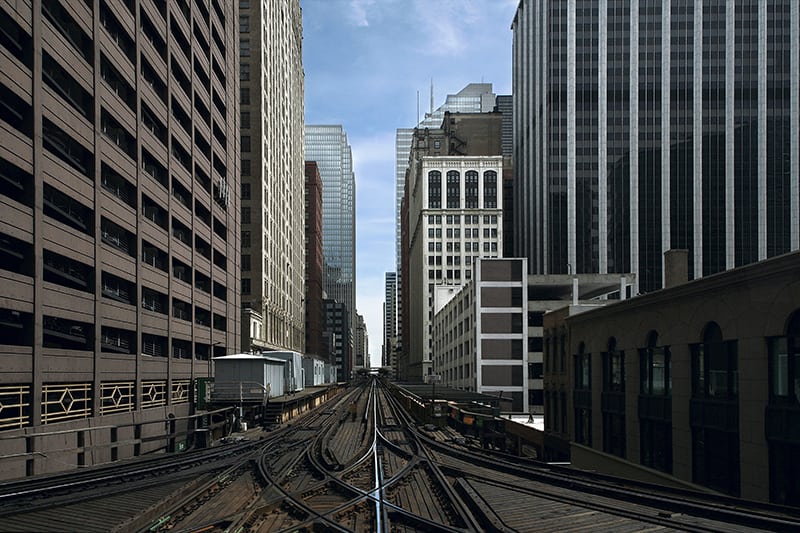
What is the role of the photographs you create: do they seek to represent architecture in an “objective” way, or do they become works of art in their own right, deconstructing existing architecture?
My works feel like controlled exercises but it’s not a simple investigation of urban space and buildings: while this is the framework in which the research forms, it has more to do with a conceptual analysis and with my ability to see and interpret reality. When I build up a set of discrete architecture deconstructions, each one is different but part of a larger visual melody where the absence of the human figures turns the space into an abstract, silent geometry.
Do you think that architectural photography can also reflect the effect of architecture on people’s daily lives?
I think that the task of an architecture photographer involves also the search for a residual and persistent identity in the places to know and re-know with that feeling of affection that seems a way to find harmony with them, in order to understand them. The urban landscape is a background telling common stories, reflecting the society, its politics, the past and present habits. The architecture images document and investigate these processes generating a collective memory.
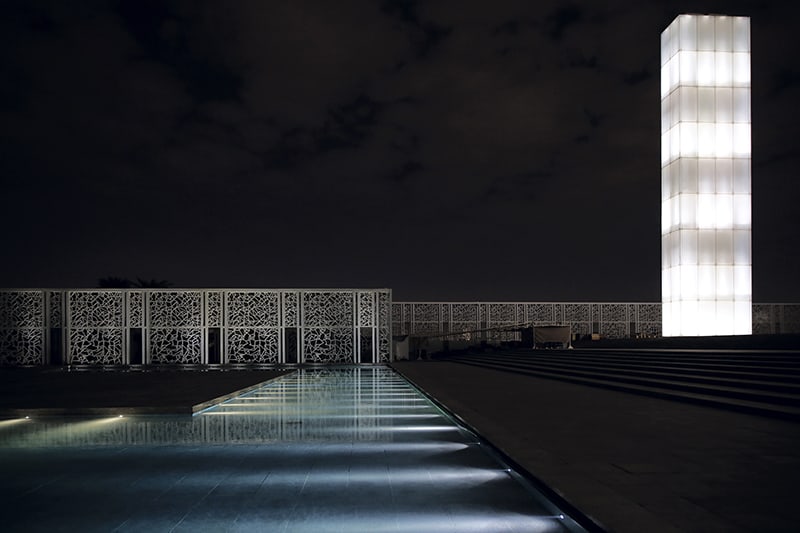
Which architectural photographers have inspired you the most?
My closest references are Gabriele Basilico, Mimmo Jodice, Luigi Ghirri and the Düsseldorf school but also contemporary paintings and cinema, like Wim Wender’s movies, inspires me.
Do you ever use architectural photography to create geometric abstractions?
Architecture photo is my mental and narrative instrument to explore the reality. My aesthetic investigation leads me to decipher the human landscape dismantling the architecture structures, interpreting forms and time in a sort of perceptual itinerary made of essential fragments leaving room to the combined potential of the shapes and lines in order to seize the silent life and mystery of every place.
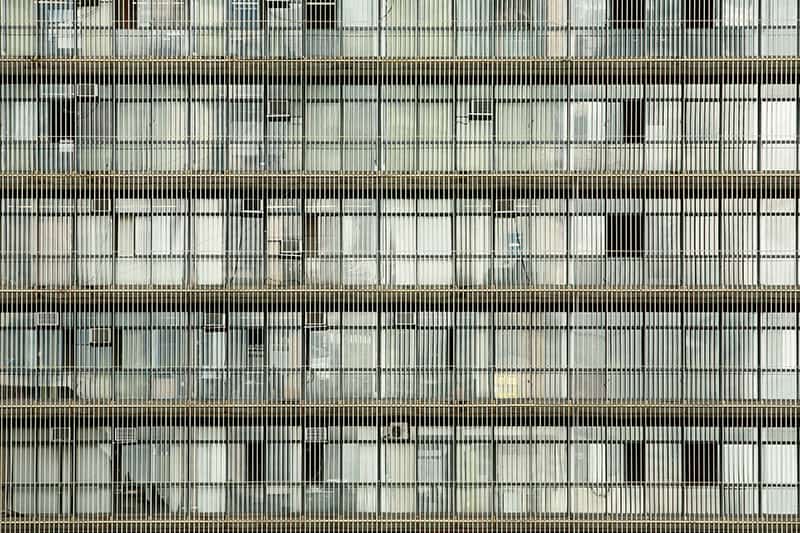
In addition to your degree in photography, you have a degree in philosophy. Has philosophical reflection helped you enrich your vision as a photographer? How has it helped you?
Philosophy studies opened me up to a different way of feeling and understanding the arts. Behind it, there is my personal obsession for the matter of time and the search for beauty, the issue of the content and form. They are both aspects deeply connected to my existence approach and the conceptual attitude of philosophy nourishes my imagination as an arts photographer too. Moreover, my studies has also taught me the relevance of the method and the importance of the questions before the answers.
You come from Italy, where architecture was (re)born in Occident, during the Renaissance. Does the very rich architecture of Rome affected your eye as an architectural photographer?
I am intensely affected by the artistic heritage of Rome and that feeling motivated me to become a photographer. Italy has the largest number of world cultural heritage but the point is the meaning of the patrimonial value. The different sites in Rome, like in other cities, represent an era in architectural and artistic evolution but they also bear witness to the specific history of a country, a region or a civilisation. Ancient ruins and art are both objects of contemplation and meditation for me.
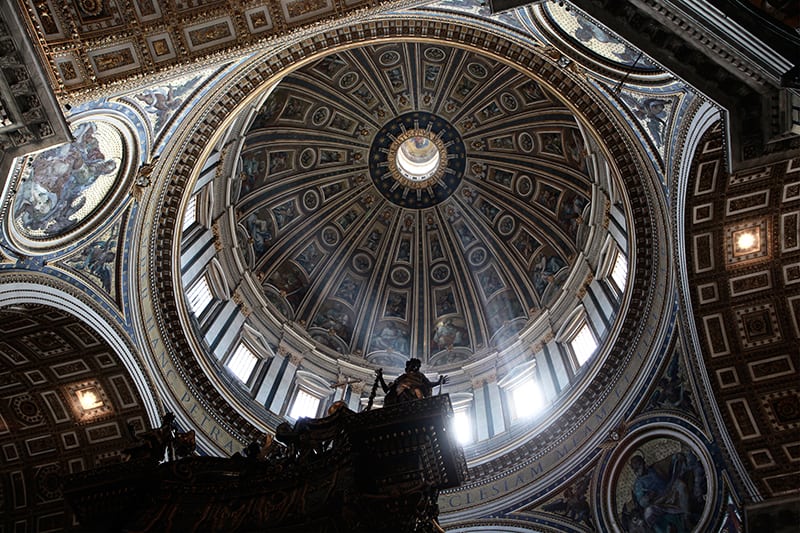
Do you work differently when you are on a commission, compared to when you work solely for your personal artistic interests?
When someone gets in touch with a proposal I generally ask for the idea behind the work so to understand if I am the right person for it. Then I treat each project the best I can, I like the challenge to make the ends meet, the client expectations and my aesthetic vision. Sometimes the limits imposed by a commission can help to refresh the regular approach and the point of view on my photographer’s practice.
When you start a project, do you know clearly what you want?
Each of my series has a visual idea behind it, which I develop during my practice. Sometimes the development follows a straight line from A to B; sometimes something completely new and interesting shows up, which makes me leave the straight path and follow a more indirect one with new rules. Always an interior feeling for beauty and time, alongside the inextricable relationship between a place and its history, animate my work.
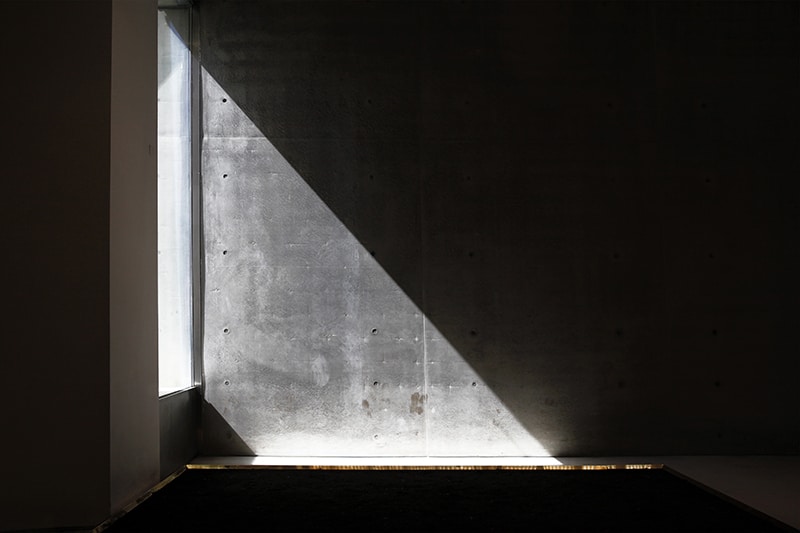
Do you consider the equipment you use important? In other words, do you think architectural photography is sensitive to the technology used to take the photographs?
Technology affects every aspect of our everyday life so in the photography is the same, regardless of the specific area. I think of the importance and the support of new devices in sport or travel photos, such as in the editing too. The architectural photography makes no exception. The point is that digital can help not only the photographic technique but the way we look, choose and think by images, it can help to give form to an idea not to replace it. Once that genius of Stanley Kubrick told that he would have had more modern applications to realize all his visual inspirations for 2001: A Space Odyssey…
Would you have any tips for beginner photographers getting interested in architectural photography?
Nowadays, I think it is easy to take good quality photographs. The best advice I can give is to produce and select images that are charged with a meaning and a personal vision and are able to establish a dialogue with the viewer. Light, shadow, geometry, order, paradigms shared by architecture and photography, are part of the aesthetic language that a photographer has to forge its style and translate the reality.
By Aesthetics of Photography
About Francesca Pompei
Francesca Pompei is an Architectural Photographer based in Rome. She graduated in philosophy at the University La Sapienza in 2004 and studied photography between 2002 and 2004 in the city of Rome. In her works, Francesca questions with great sensitivity the photographic material. Her images compose a story that attracts and seduces. Francesca has already worked for AP-Associated Press Agency (Rome), Sony, Nissan, The Cannes Festival… She realized the book ‘The 100 Fountains (99+1) of the Vatican State’ following a commission from the Vatican in 2011.
Website https://www.francescapompei.it/
Instagram fpompei_architecture_photos
Facebook @FrancescaPompeiPhotographer
Un bellissimo racconto … molto interessante